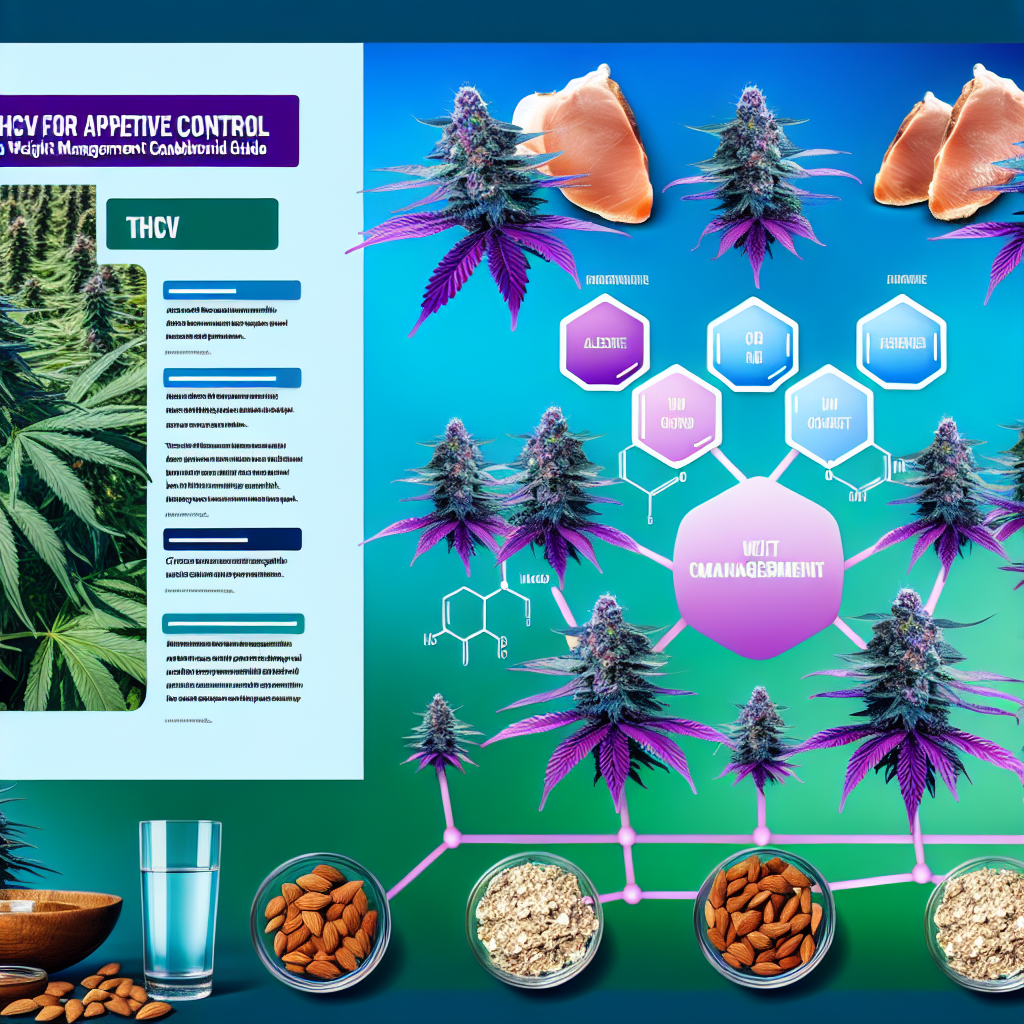Cannabis in End-of-Life Care: Palliative Applications and Dosing Protocols
As modern medicine continues to evolve, so too does our understanding of palliative care and its potential avenues for enhancing quality of life at the end of it. For those confronting terminal illnesses such as late-stage cancers, neurodegenerative conditions, and advanced heart or lung disease, managing symptoms and preserving comfort becomes paramount. In this context, medical cannabis has emerged as a compelling adjunct in end-of-life (EOL) care, offering a multifaceted approach to symptom relief that traditional interventions often fall short of providing.
Evidence-Based Benefits of Cannabis in Palliative Treatment
Cannabis in palliative and end-of-life management isn’t just anecdotal—it’s increasingly evidence-based. An expanding body of clinical and observational research outlines cannabis’s safety profile, efficacy for symptom relief, and potential advantages over conventional therapies for terminal patients.
A pivotal study published in the Journal of Pain and Symptom Management (2019) titled “The Use of Medical Cannabis in Palliative Care” reviewed the therapeutic benefits of cannabinoids in managing cancer pain, nausea, vomiting, and anorexia. Researchers found that THC-dominant therapies significantly improved appetite and general well-being in advanced-stage cancer patients when conventional appetite stimulants failed. Moreover, the dual impact of THC on both nausea and mood was highlighted as a unique benefit in palliative contexts.
Similarly, a 2020 retrospective study in BMJ Supportive & Palliative Care evaluated 297 patients under palliative care who began cannabis therapy. The researchers discovered that more than 65% of participants reported significant relief in pain, anxiety, depression, and insomnia. Importantly, about 85% of patients did not report significant adverse side effects, pointing to cannabis’s favorable tolerability compared to opioids and benzodiazepines.
Dosing Protocols: “Start Low and Go Slow”
Dosing remains a nuanced aspect of cannabis care. Standardized protocols are not yet universally established, but clinicians tend to adopt a cautious and personalized approach most often summarized as “start low and go slow.”
A common end-of-life cannabis dosing strategy might begin with a balanced 1:1 THC:CBD ratio in sublingual tincture or capsule form. A typical starting dosage includes 2.5 mg of THC and 2.5 mg of CBD, administered twice daily. Clinicians then gradually titrate the dose based on the patient’s therapeutic response and any side effects.
Inhalation methods, such as vaporization, are sometimes used when rapid relief is needed—for example, in cases of acute nausea or breakthrough pain. However, for long-term use, oral or sublingual routes are preferred, especially in patients with compromised pulmonary function.
For patients particularly sensitive to THC or those new to cannabis, CBD-dominant products are often favored to address anxiety and sleep issues without causing psychoactivity. These formulations are also helpful in preserving mental clarity and facilitating meaningful communication during a patient’s remaining time.
The Future of Cannabis in Compassionate Care
As cannabis integration in palliative care continues to grow, enhanced clinician education, expanded research funding, and regulatory modernization will be crucial to advancing patient-specific cannabinoid medicine. Personalized cannabinoid therapy is not just a promising field—it’s an ethical imperative for achieving holistic, compassionate care at the end of life.
Conclusion: Palliative Promise in Every Drop
Cannabis holds transformative potential in end-of-life care, offering personalized, multi-symptom relief that enhances comfort and dignity in a patient’s final chapter. Backed by clinical evidence and bolstered by real-life patient experiences, cannabinoid therapies represent a compassionate, lower-risk, and highly adaptable solution in the evolving landscape of palliative medicine.
As access improves and knowledge expands, medical cannabis may shift from being a last-resort option to a first-line integrative therapy in thoughtful, patient-centered end-of-life care plans.
Concise Summary:
Medical cannabis is emerging as a promising tool in end-of-life care, offering personalized relief for a range of palliative symptoms like pain, nausea, appetite loss, and anxiety. Backed by growing evidence, cannabis-based therapies may enhance comfort and dignity for terminally ill patients when conventional treatments fall short.




